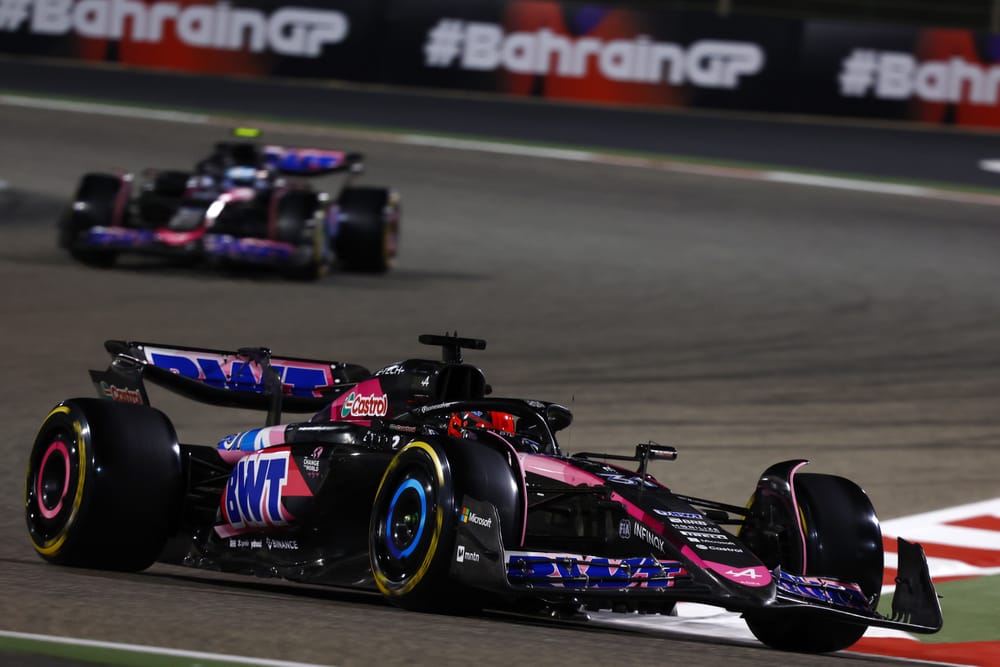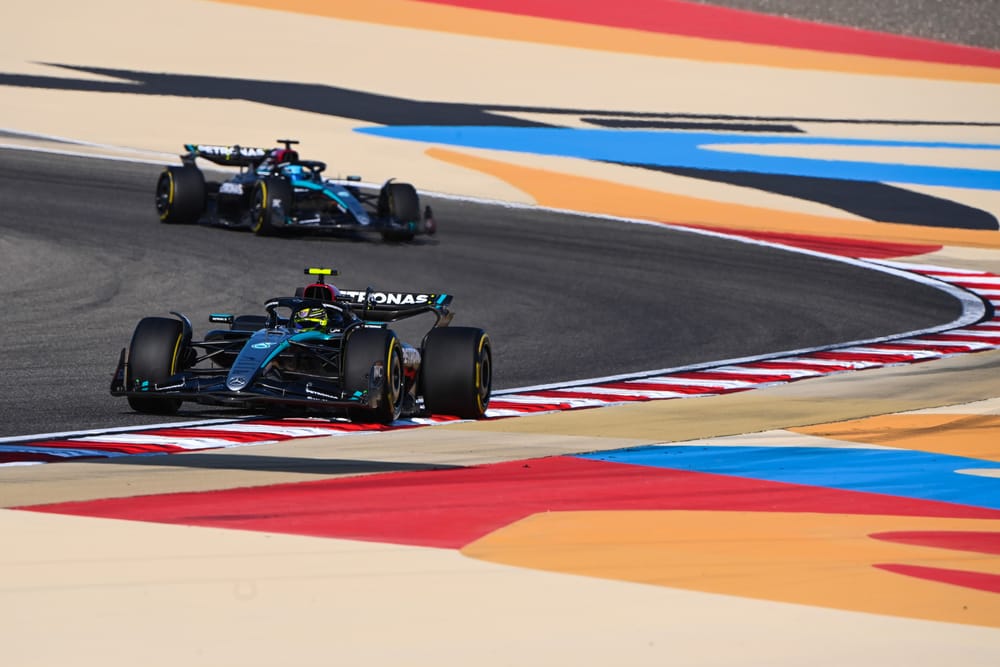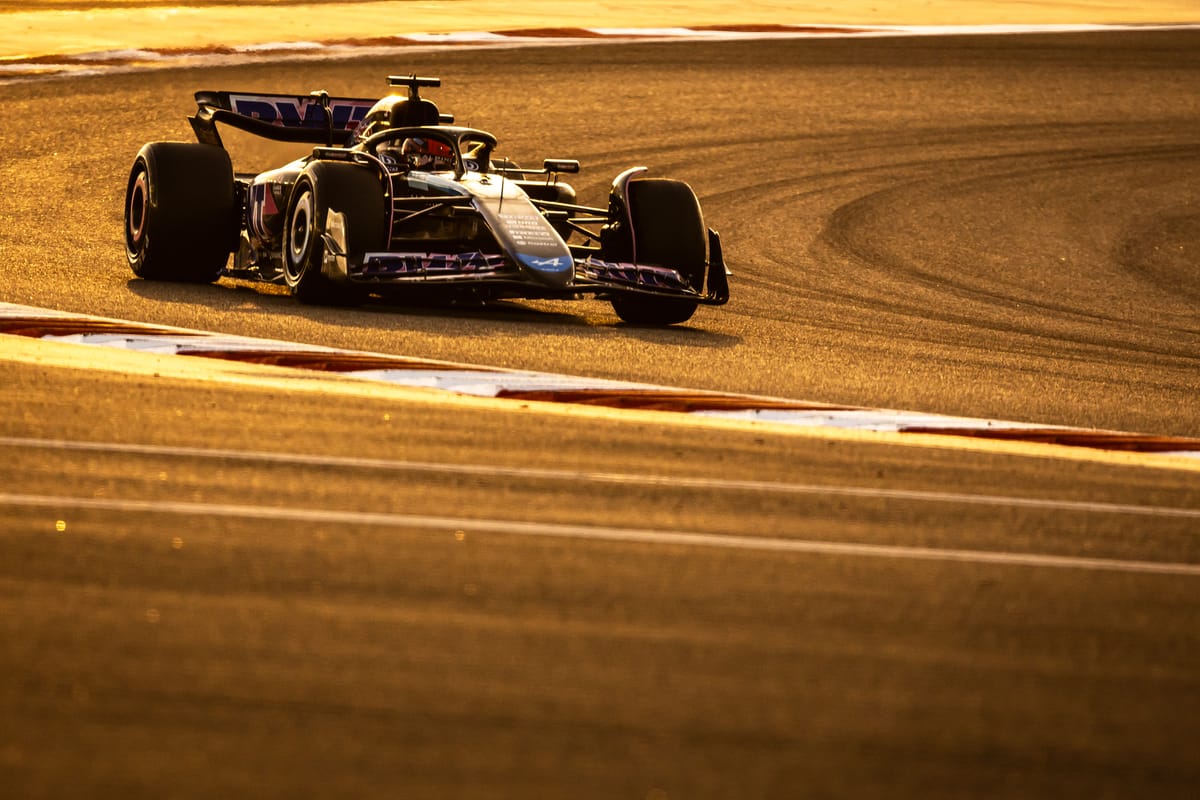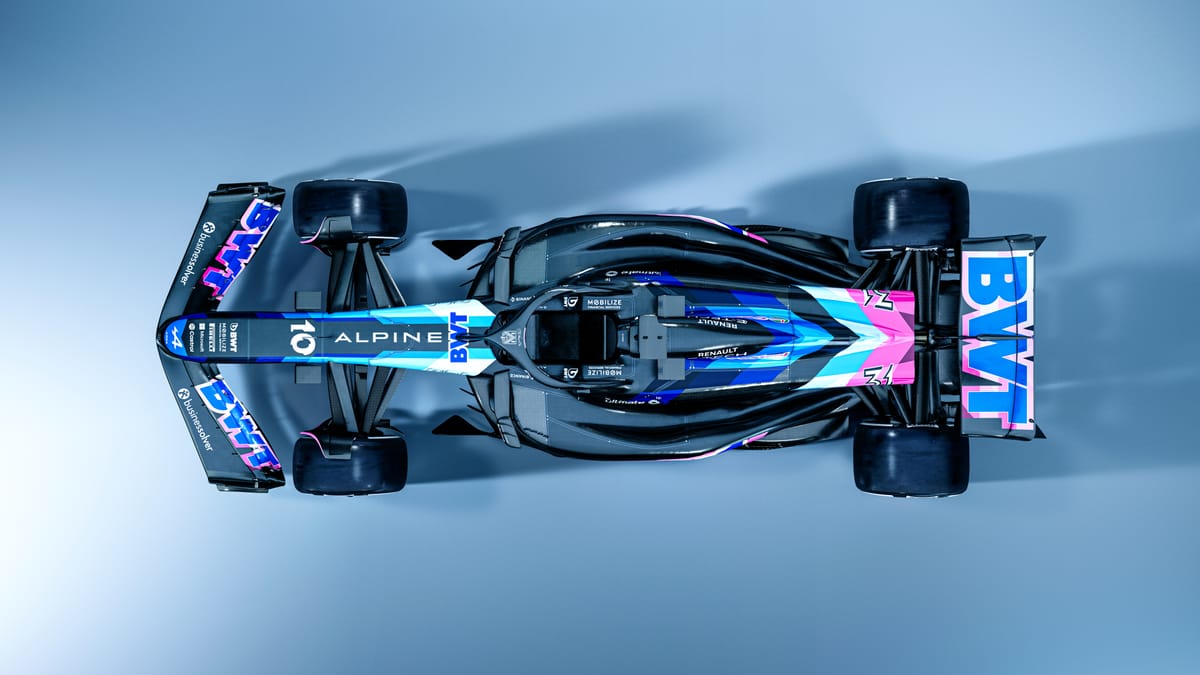Up Next

Alpine headed into the Bahrain Grand Prix weekend expecting to be eliminated in Q1 in qualifying for the Formula 1 season opener, but for Esteban Ocon and Pierre Gasly to end up 19th and 20th was a chastening experience.
So what’s gone so badly wrong?
Neither driver experienced any major problems in qualifying that caused the lack of pace.
Ocon’s best lap was 0.884s off Q1 pacesetter Carlos Sainz’s Ferrari. Gasly was 0.155s off his team-mate, with his final effort compromised by “pushing flat-out” on his outlap thanks to being backed up by the queue leaving the pits.
The laptime, 1.614s off Max Verstappen’s pole position, was therefore representative.
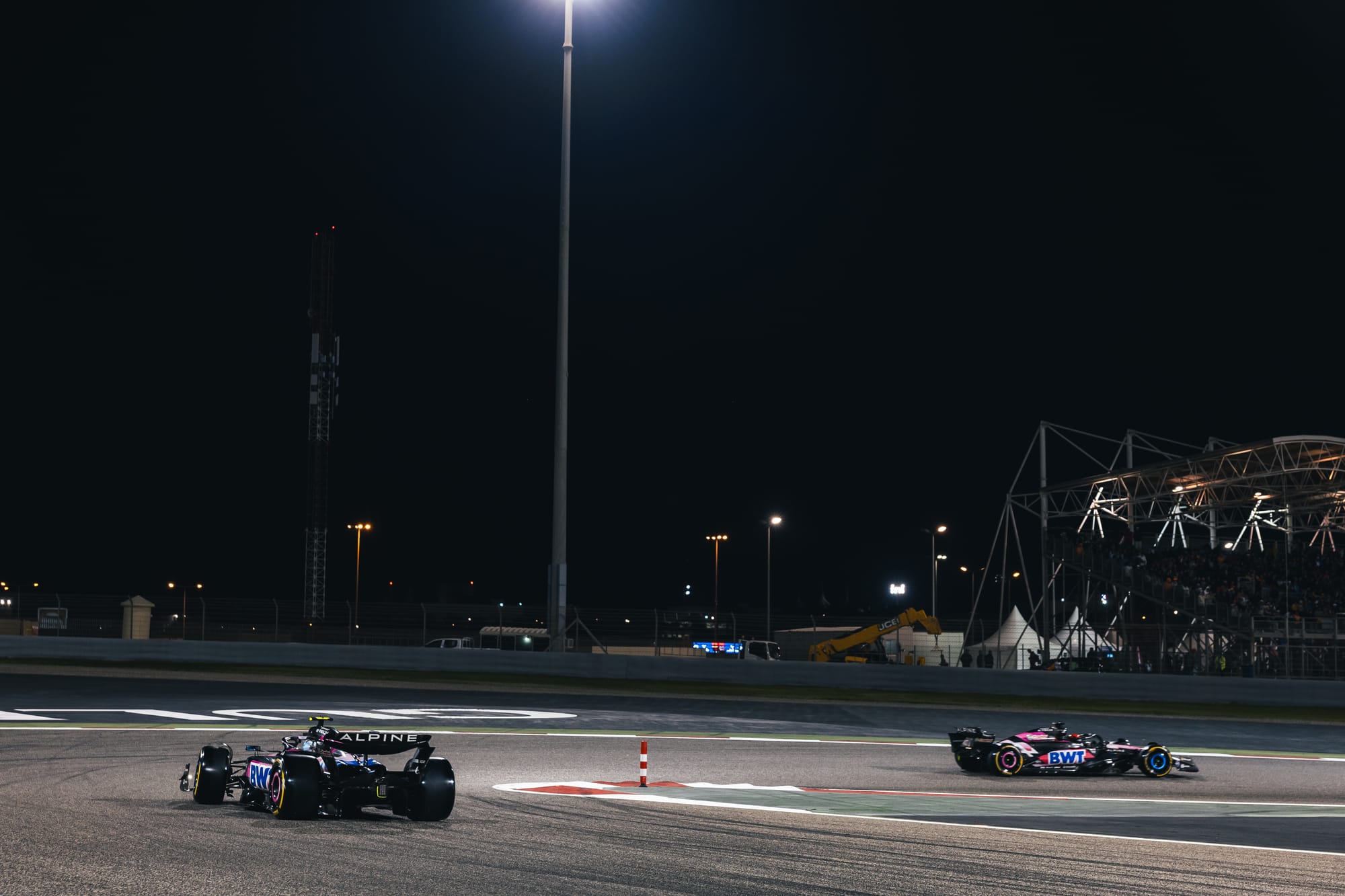
The Alpine A542 has a number of problems. Firstly, it's overweight with talk of the car being 11kg over the 798kg minimum. Gasly accepts there is a weight problem, although he is adamant the deficit is less than that.
“Yeah, but it’s not as bad as you mentioned,” said Gasly when it was put to him that the car was 11kg over and there was therefore significant laptime to be gained there.
“There is obviously laptime to find a bit everywhere and looking at the gaps, everything matters.
"Two kilos equals six hundredths, six hundredths will make a difference. There is some weight to be [lost], there is some performance to come on the chassis, there will be upgrades.”
The weight reduction programme is ongoing and it’s hoped inroads will be made with upgrades after the early races. This problem also explains the threadbare livery, which has garnered criticism given it’s made the Alpine’s look much more bland on track than it did last year.
It's understood the weight problem is primarily down to the failure of the lateral load test of the monocoque.
This was designed with weight-saving measures incorporated but that appears to have weakened the structure sufficiently to cause the failure of the test, which was not anticipated based on simulations.
The resulting countermeasures have reinforced the chassis but come at a weight cost.
But weight is not the only problem.
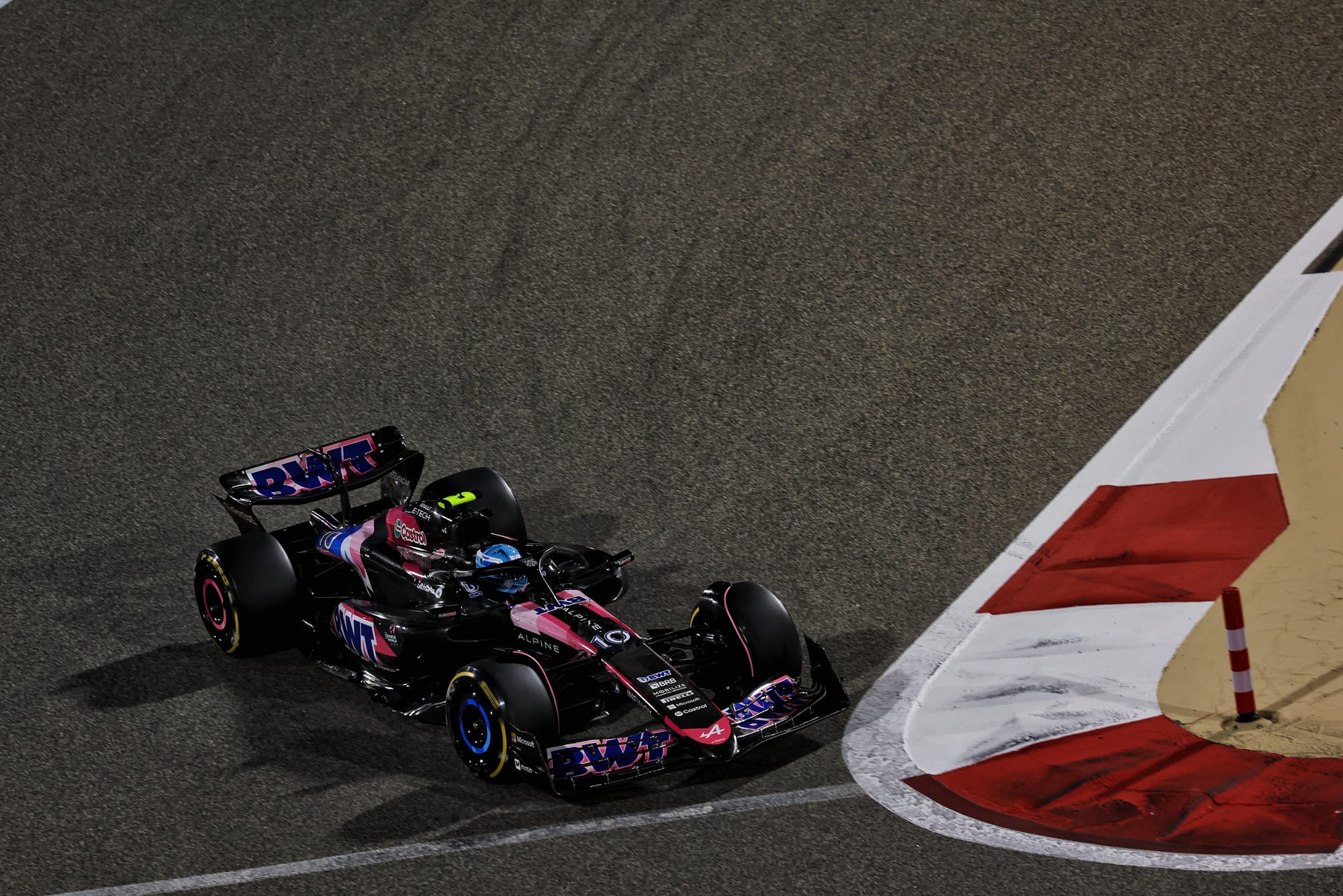
The car is weak in terms of traction, a problem that was visible trackside from the first day of testing.
The drivers have also complained of mid-corner understeer, which can compound the traction problem if the car is under-rotated.
Overall, the impression is of a car lacking in downforce, not just battling the front-end limitation that all teams struggle with in slow corners in particular, but also a deficit at the rear. That’s the result of missed aero targets in the development of the car.
“The car is broadly speaking where we expected to be from its characteristics,” said technical director Matt Harman before the weekend’s running. “We just need to get more load on it.
“We’d like to have better traction on the car. We’ve put some things in place to give us better traction mechanically. Now we need to complement that with some advanced aerodynamics.”
An upgrade is expected after the early races to tackle those weaknesses, but in the meantime it leaves Alpine with a car that has little chance to make an impact despite the best efforts of a trackside team that has made good progress with it throughout testing and this weekend.
There’s still perhaps a small amount to gain in terms of optimising the setup given the extent of the mechanical changes over the winter, but the performance proved it hasn't made the progress needed over the winter.
The one vague positive is that Bahrain has not been a strong circuit for this team in recent years and the rear-limited, traction demand, on top of the fact it also has a slight power deficit, means that this is potentially one of the car’s weaker tracks.
It performed a little better in the Turn 5-7 sweeps, which means there is hope it will be slightly better - or rather, slightly less terrible - in Saudi Arabia next weekend.
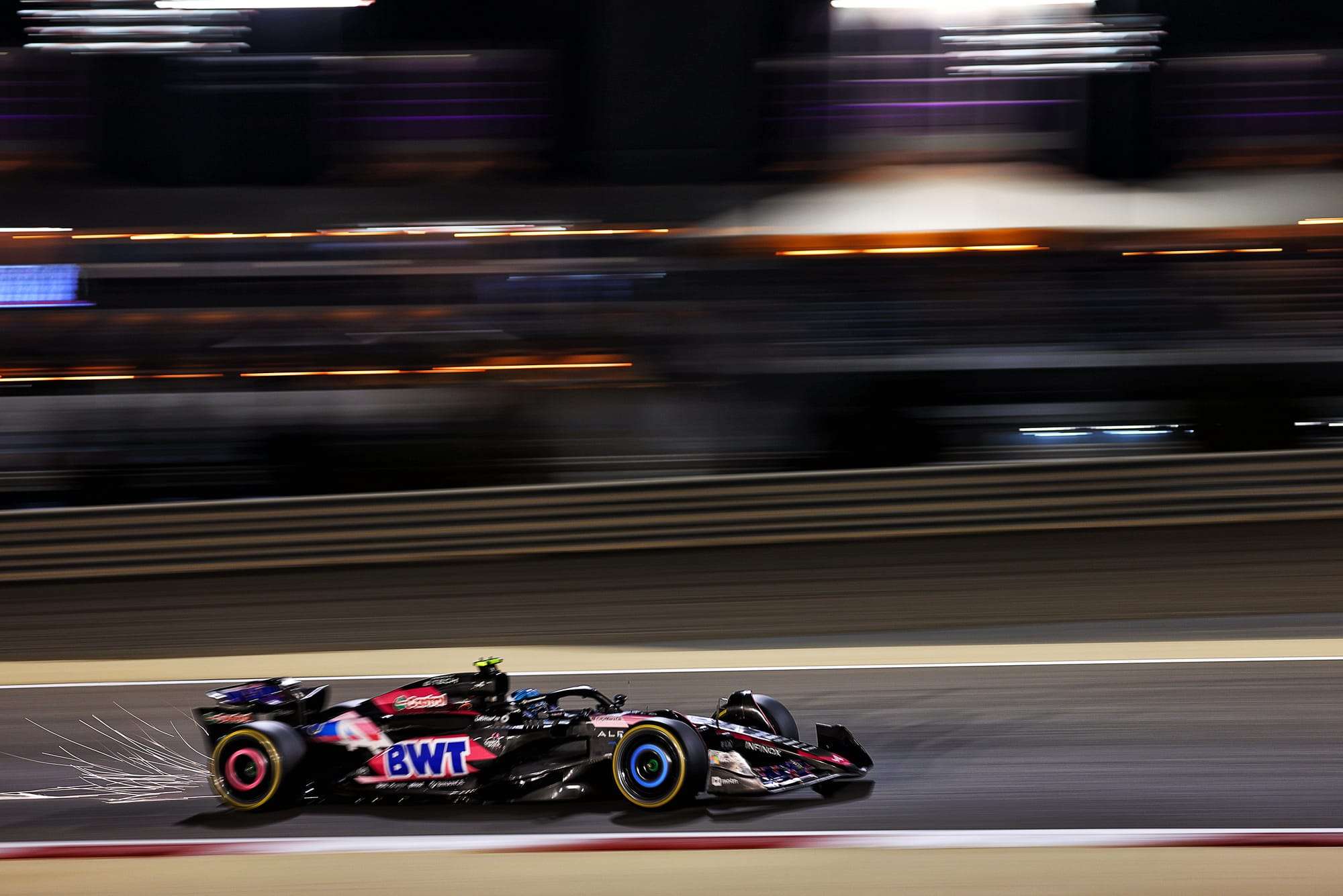
The relatively condensed field also means that small relative gains should translate into an improvement in position. But there’s no McLaren 2023-style transformation on the horizon.
It's going to take intensive work at the factory to tackle the weaknesses and improve the car gradually. Both drivers have long been prepared for this difficult start and have been at pains to stay on message, as Esteban Ocon’s encouraging radio message after Q1 saying “only round one” and “I’ve got faith in you guys” demonstrated.
In this together 👊 pic.twitter.com/Io0UpClPum
— BWT Alpine F1 Team (@AlpineF1Team) March 1, 2024
“It’s super important for sure,” said Ocon of the need to be positive. “We don't like the situation. Nobody likes to be at the back, we're all competitors in the team, and it's very important to be united, to keep the chin up, and move forward.
“I trust the team to be making a step forward. Obviously, today the reality is that we lack pace, especially on short runs. We'll see tomorrow exactly on a longer run where we are. We could be closer to the others in that side.”
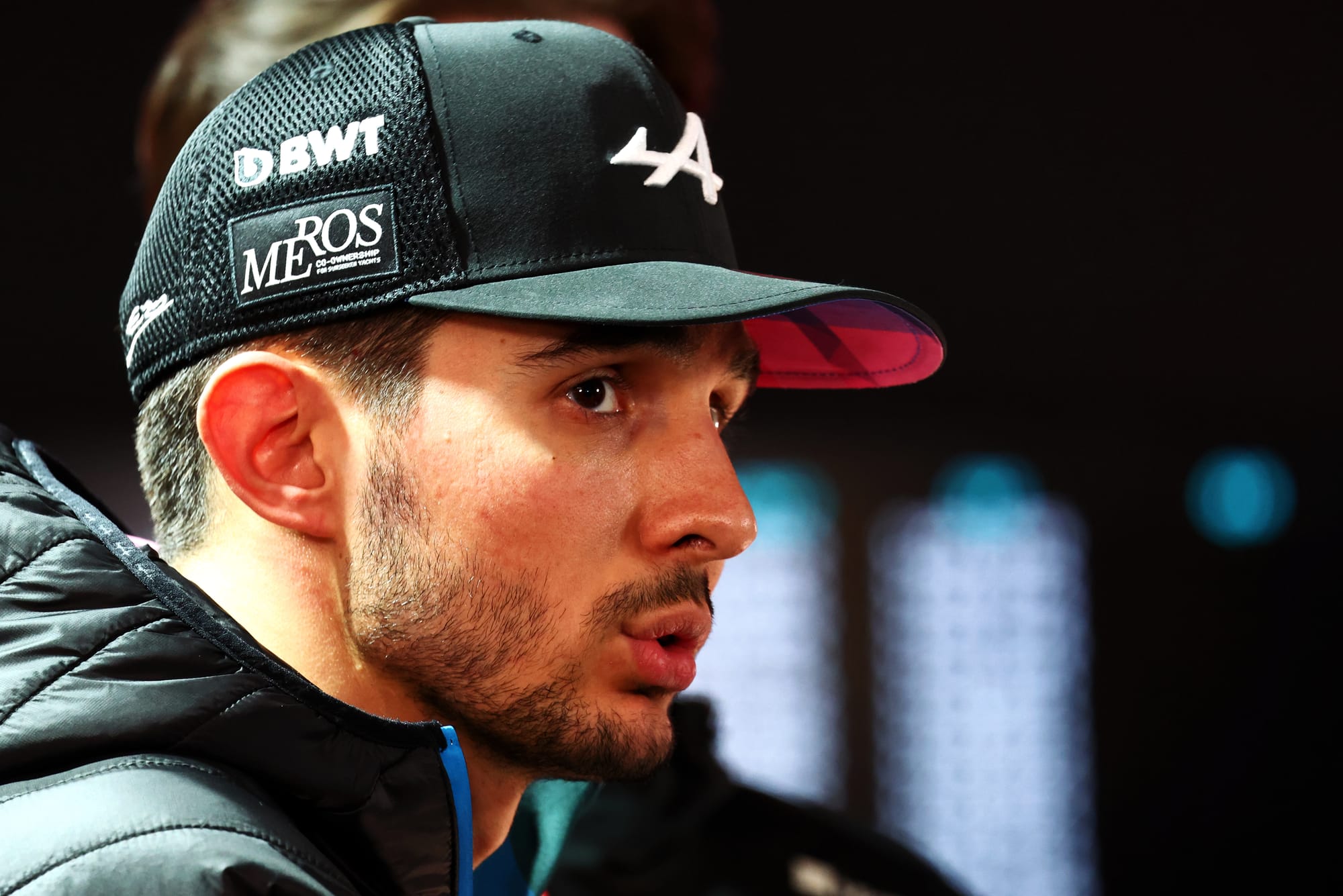
Gasly, who was generally happy with the feel of the car but not its pace, talked of "positive things going on inside the team” that "doesn’t translate onto the track right now but I know that in the medium to long term it will".
Like Ocon, he preached patience.
"We have to be patient, because it’s only the first qualifying and we know the car is not providing the potential that we believe there is in that car," said Gasly.
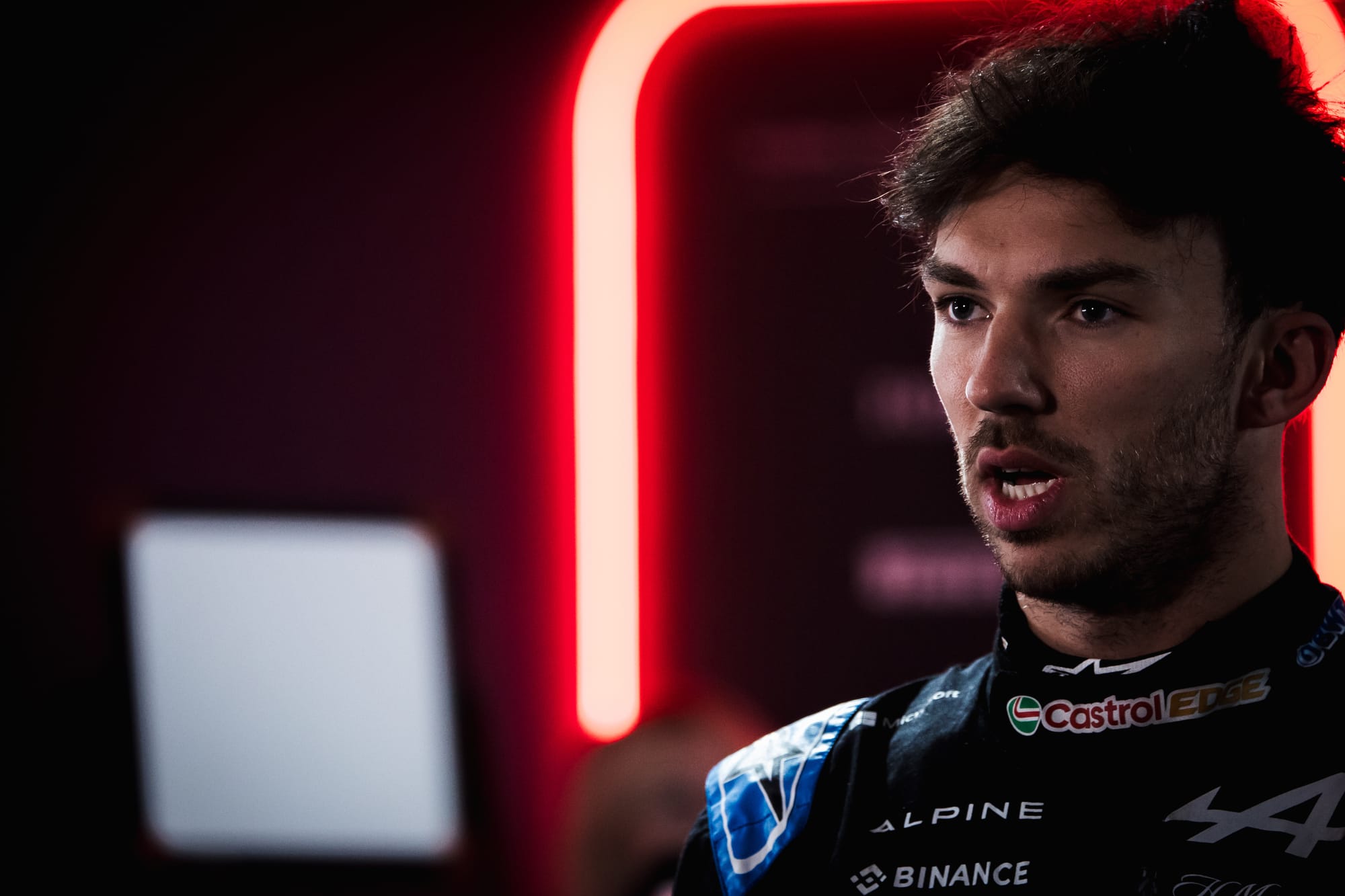
"Time will tell whether it was the right approach, but I trust the guys. I know what they are finding and what they’re finding in many different areas, not only one specific development."
In the meantime, it’s down to the drivers and team trackside to make the best of a disappointing car with the emphasis on ensuring that extracts everything possible from limited machinery.
One potential way to do that would be a pitlane start, which would enable Alpine to test comprehensive set-up changes on both cars.
Either way a clean race tomorrow, especially with the usual early-season concerns about spares, is the most that can be hoped for.


